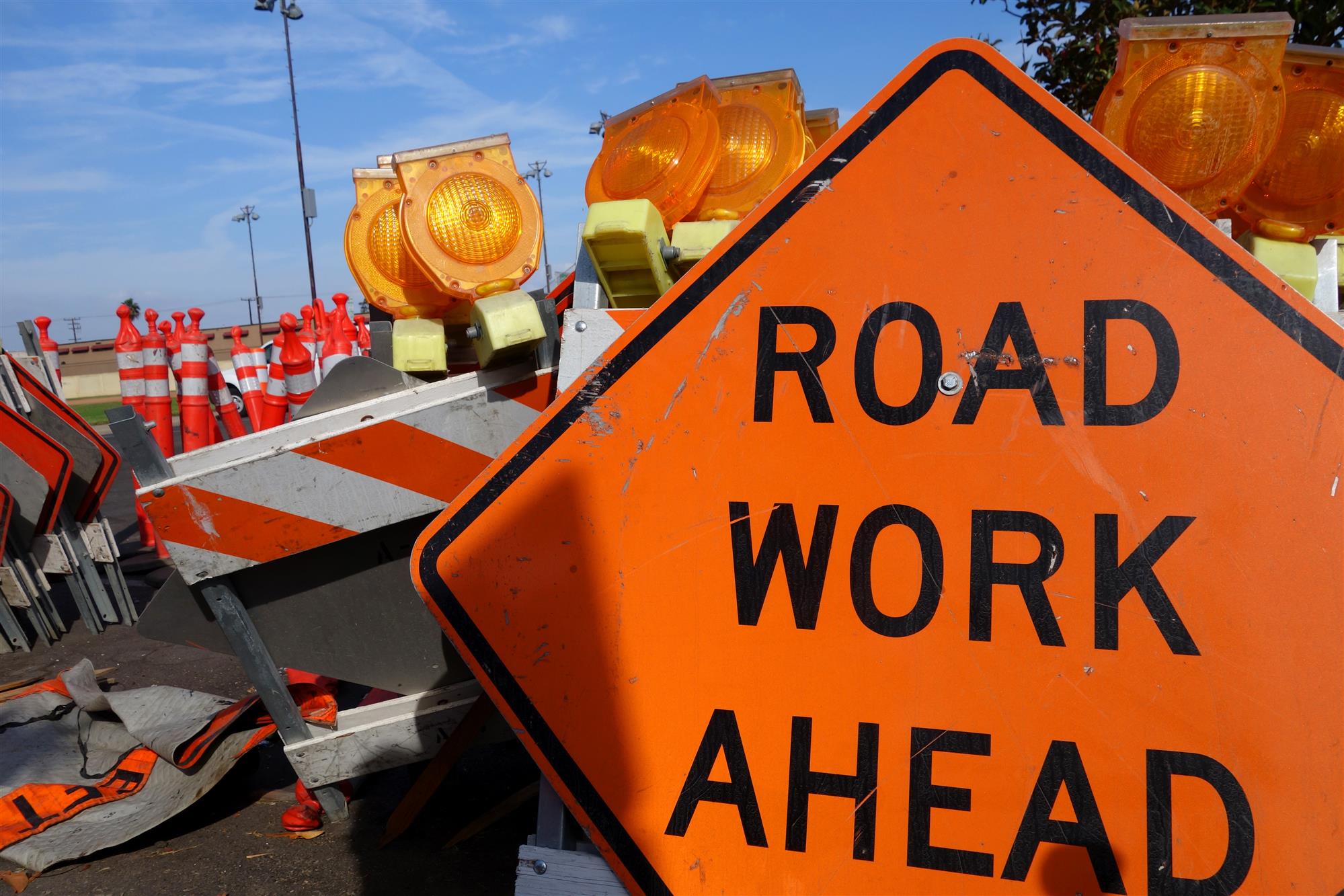One of President Trump’s campaign proposals was to repair America’s infrastructure and update our roads, railways, electric grids, airports, bridges, waterways, and pipelines. In light of this, Senate Democrats have put together their own proposal that is somewhat different from Trump’s $1 trillion plan.

There are several key differences between the two plans, and it is important to understand how each of the proposals would affect the general public. In addition, both plans call for investing $1 trillion over the next decade, not all up front. Let’s first take a look at President Trump’s plan and how he might deliver on his promise to upgrade our infrastructure.
Under President Trump’s plan, he would encourage the development of relationships between private and public infrastructure groups in hopes private organizations will invest the $1 trillion for the needed updates. The main benefit of this plan is it would mean the federal government would not need to allocate tax revenues or seek sources to fund the projects, but rather rely upon money from private firms to fund projects.
In exchange for their investments, the private firms would expect tax breaks and other forms of compensation. Aside from tax breaks, others forms of compensation could involve tolls or other user fees passed along to the general public. The main drawback, which could meet with resistance from Senate Democrats, is it would limit what projects were selected and those in lower income areas could be neglected.
The Democrats’ proposal would allocate government funding to help pay for improvement projects. The plan allocates funds to a wide range of potential projects and infrastructure areas, along with the creation of a new entity to regulate finances and funding of the projects, rather than rely on private investing.
The major appeal of the Democrats’ plan is it would allocate funding where it was needed the most and would not limit itself to only those types of projects private investors would consider.

However, standing in the way of this plan are Senate Republicans. They are hesitant to invest federal funding into new infrastructure programs since they are worried about how it is going to increase the ever-growing deficit.
Even with this resistance, their plan lets the President and Republicans know they are willing to work with them on improving infrastructure, as long as it does not exclusively focus on private investments or excessive tax breaks.
If President Trump delivers on his campaign promise, an infrastructure plan that includes aspects of private and government funding, along with compromises by both Democrats and Republicans, is most likely to come about.
Regardless of what proposal you favor, there are various ways you can ensure your voice is heard on Capitol Hill. Private individuals are encouraged to participate in grassroots lobbying, which is letting their government officials know where they stand on this issue. A more direct option for businesses is to obtain help from LobbyIt by calling 202-587-2736 today!

